Building Trustworthy Digital Repositories
Building Trustworthy Digital Repositories
Theory and Implementation
Edited by Philip C. Bantin
Rowman & Littlefield
Lanham Boulder New York London
Published by Rowman & Littlefield
A wholly owned subsidiary of The Rowman & Littlefield Publishing Group, Inc.
4501 Forbes Boulevard, Suite 200, Lanham, Maryland 20706
www.rowman.com
Unit A, Whitacre Mews, 26-34 Stannary Street, London SE11 4AB
Copyright 2016 by Rowman & Littlefield
All rights reserved. No part of this book may be reproduced in any form or by any electronic or mechanical means, including information storage and retrieval systems, without written permission from the publisher, except by a reviewer who may quote passages in a review.
British Library Cataloguing in Publication Information Available
Library of Congress Cataloging-in-Publication Data Available
ISBN 978-1-4422-6377-2 (cloth : alk. paper)
ISBN 978-1-4422-6378-9 (pbk : alk. paper)
ISBN 978-1-4422-6379-6 (ebook)
 The paper used in this publication meets the minimum requirements of American National Standard for Information SciencesPermanence of Paper for Printed Library Materials, ANSI/NISO Z39.48-1992.
The paper used in this publication meets the minimum requirements of American National Standard for Information SciencesPermanence of Paper for Printed Library Materials, ANSI/NISO Z39.48-1992.
Printed in the United States of America
To Julie
Contents
Foreword
The archival profession faces many challenges in the twenty-first century. However, the greatest challenge may be the long-term preservation of and access to digital records. At stake is the historical memory of an entire generation.
Its not as though the archival profession has been wringing its hands in recent decades. Beginning in the mid-1990s there has been an active research agenda and multiple implementations of digital archives. What has been missing is the translation of all of this activity into terms accessible by both the wider archival audience and the general public.
Building Trustworthy Digital Repositories: Theory and Implementation goes far in bridging this gap. It summarizes foundational research and current theory in a way that is understandable to both technical and nontechnical professionals. But perhaps most importantly, it presents case studies of implementations at a variety of institutions. It is this integration of theory and practice that has been missing from the archival literature.
There could be no better editor for this volume than Philip C. Bantin. He has been developing and implementing digital preservation theory for decades. He also has been a clear, consistent communicator in the classroom and through his publications. He is a trustworthy repository for information about digital records. Through this book we all benefit from his knowledge and experience.
Bantin has used his professional contacts to assemble an impressive list of authors. In addition to the United States, the authors come from Canada, Italy, and Australia. While many of the authors are from colleges and universities, there is also representation from state and local governments, nonprofit institutions, industry, and the consulting community. They are all experts in the field.
Assembling an impressive list of authors is one thing; getting them to write meaningful chapters is quite another. Weve all read co-authored books where the contributions dont seem to relate to one another. Bantin avoided this by providing a structure for the authors to follow, a structure that addresses the points most of interest to readers. For theory articles, the chapters include a historical overview, a summary of key models and theories, a discussion of key implementation projects, and a list of additional resources. For implementation articles, the chapters include strategies, challenges, results, evaluation, and lessons learned.
In addition to the separate chapters, the book as a whole has a logical structure. It follows the steps in building a trusted digital repository: establishing policies and management structures; acquiring records (so poetically called ingest by the community); capturing and creating descriptive information about the records; establishing an audit trail; managing retention and disposition; accessing the records; securing the records; and preserving them. The volume ends with discussions of the present status of and future directions and possibilities for trusted digital repositories.
In Building Trustworthy Digital Repositories: Theory and Implementation , Philip C. Bantin has made another significant contribution to the archival profession. Both its content and method of presentation will be models for years to come. It will be an important step in moving trusted digital repositories from theory to wide-scale implementation.
Gregory S. Hunter, PhD, CA, CRM
Palmer School of Library and Information Science
Long Island University
Preface
Philip C. Bantin
I have been teaching a class on electronic records management and trustworthy digital repositories for sixteen years. In the first ten years or so, I could focus primarily only on theory and conceptual and process models, standards and policies that were slowly but steadily emerging. During that period there were very few implementation projects in this area of study, but fortunately the situation has changed in the last five years or so. Unfortunately, however, this information on implementation is still, on the whole, rather sketchy and very scattered, and many of the articles on a project that do exist are broadly defined summaries of activities and do not provide enough detail to be truly useful. The best source for data on a project should be its website, but I have found that some projects do not create a site, and that the ones that do often have incomplete and out-of-date information on them.
Overall, this book is designed to begin to fill this void in the literature. The book addresses two basic questions about trustworthy digital repositories: What are they (theory), and how are they implemented (practice)? Because I wanted authors to describe theory and practice in detail, I decided to create separate chapters on each of the major activities involved in creating a trustworthy repository. In other words, except for the first and last chapters, theory and implementation practices are described at the functional activity level (e.g., ingest or preservation), and not at the higher system level. This approach has resulted in the creation of separate chapters on the following activities: creating resources, policies, and management structures; the ingest process; creating and capturing metadata; capturing audit trail data; assigning retention and disposal data; creating an access strategy; creating a secure system; and creating a preservation strategy.
For the theory section I have asked experienced practicing archivists and educators to write relatively short essays summarizing the theory, models, and standards that have emerged on a particular functional activity. There are a total of nine essays on theory, and the median length of these articles is eleven pages. Authors writing on theory were asked to address the following issues:
- Evolution of concepts and strategieswhere have we come from and where are we now?
- Noteworthy conceptual models, standards, and policies
- Implementation projects that have advanced our knowledge of this issue
- Key books, articles, presentations, and project reports.
The real emphasis of the book, however, is on documenting implementation projects. These articles far outnumber the essays on theory, and they are considerably longer. There are a total of nineteen essays on implementation, and the median length of these articles is twenty-one pages. In these essays, authors were asked to respond to the following issues:
Next page


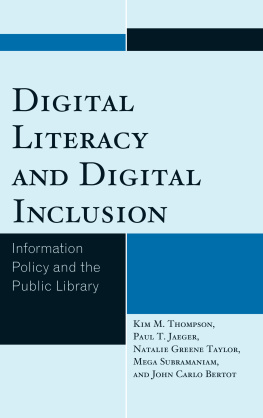
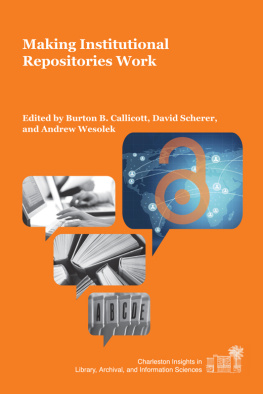
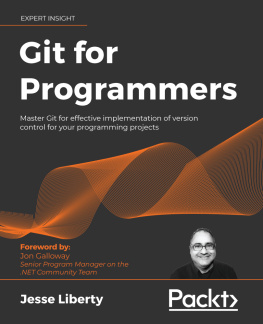
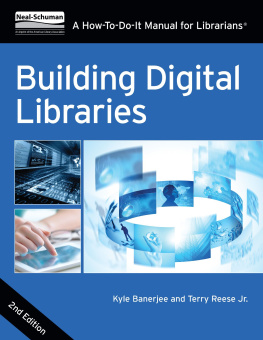


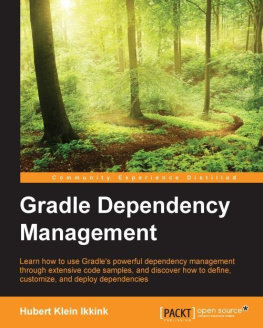

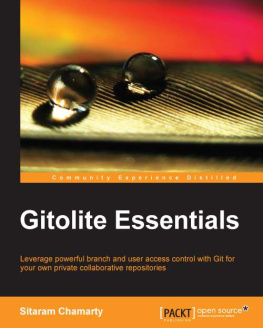
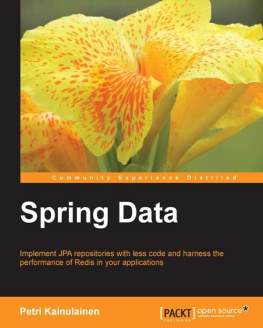
 The paper used in this publication meets the minimum requirements of American National Standard for Information SciencesPermanence of Paper for Printed Library Materials, ANSI/NISO Z39.48-1992.
The paper used in this publication meets the minimum requirements of American National Standard for Information SciencesPermanence of Paper for Printed Library Materials, ANSI/NISO Z39.48-1992.